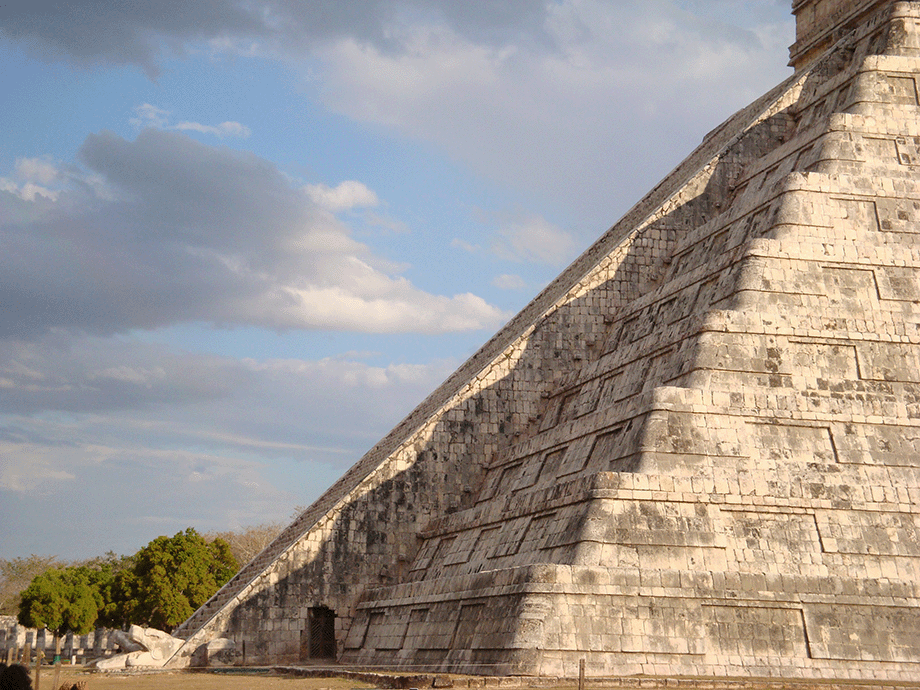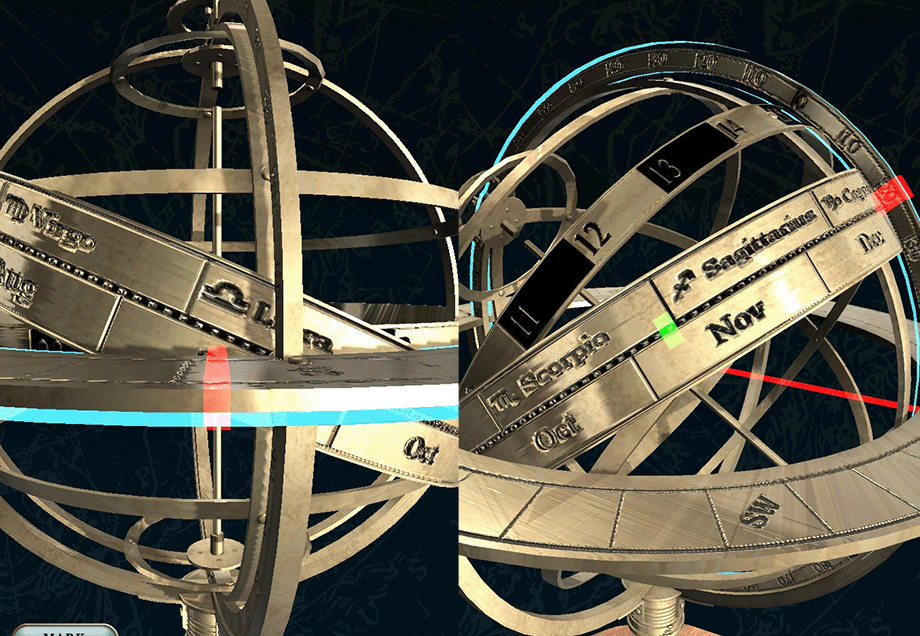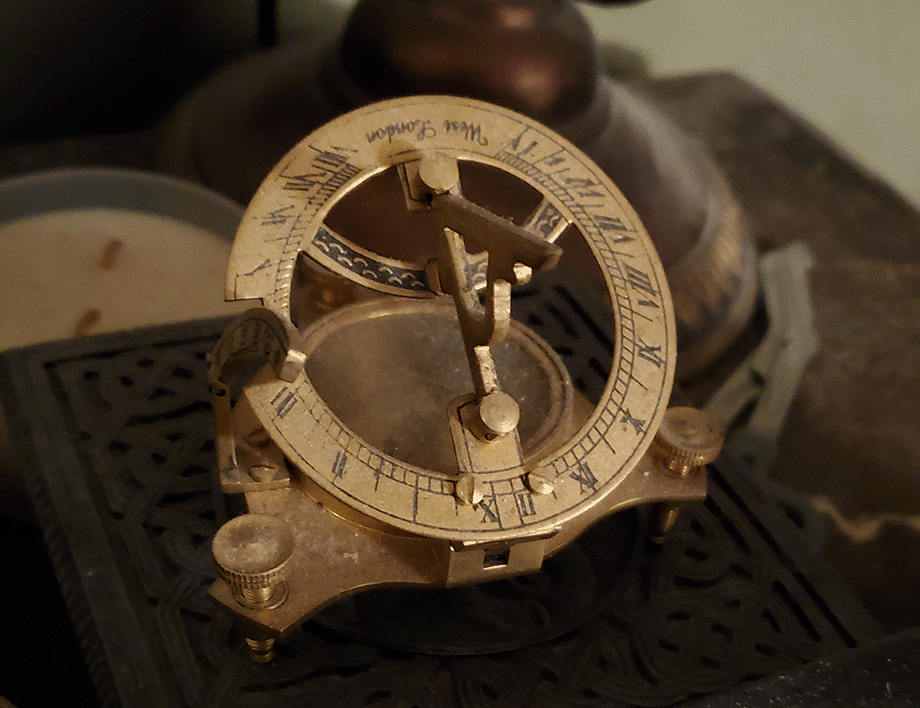Thrice the brinded cat hath mew’d.Thrice; and once the hedge-pig whin’d.
Harpier cries:–“’tis time, ’tis time.”
Round about the caldron go;
In the poison’d entrails throw.–
Toad, that under cold stone,
Days and nights has thirty-one
Swelter’d venom sleeping got,
Boil thou first i’ the charmed pot!Double, double, toil and trouble;
Fire, burn; and caldron, bubble.Fillet of a fenny snake,
In the caldron boil and bake;
Eye of newt, and toe of frog,
Wool of bat, and tongue of dog,
Adder’s fork, and blind-worm’s sting,
Lizard’s leg, and howlet’s wing,–
For a charm of powerful trouble,
Like a hell-broth boil and bubble.Double, double, toil and trouble;
Fire, burn; and caldron, bubble.Scale of dragon, tooth of wolf,
Witch’s mummy, maw and gulf
Of the ravin’d salt-sea shark,
Root of hemlock digg’d i’ the dark,
Liver of blaspheming Jew,
Gall of goat, and slips of yew
Sliver’d in the moon’s eclipse,
Nose of Turk, and Tartar’s lips,
Finger of birth-strangl’d babe
Ditch-deliver’d by a drab,–
Make the gruel thick and slab:
Add thereto a tiger’s chaudron,
For the ingredients of our caldron.Double, double, toil and trouble;
Macbeth – William Shakespeare
Fire, burn; and caldron, bubble.
Cool it with a baboon’s blood,
Then the charm is firm and good.
You just can’t go wrong with the classics, eh, folks?
This post immediately precedes the Grand High Sabbat of Samhain (Northern Hemisphere) when the doors of the worlds lay open, the dead rise, and witches fly.
Samhain is of a Welsh/Gaelic/Celtic origin and thus is pronounced something like Sow – Ween, I’m told.
As my ancestors were Welsh, but I am not, and the Gaelic languages are something I am still working to learn, my English language educated brain tends to see that word as Sam Hain.
I am confident that I am not alone in this, and have jokingly pointed out that this is the full name of one of the Winchester brothers – Sam Hain Winchester. And if it isn’t, the writers of the Supernatural series surely missed a golden opportunity.
In any case, because I was born and raised in the late 20th century in America, I refer to this holiday by it’s crass commercial epithet Halloween. Which saves me considerable embarrassment around those who know how to correctly pronounce Samhain.
In most cases we celebrate this event on October 31st, whilst many of us, and probably a good number of my readers, start actively decorating around mid-August, and truthfully keep a “creepy vibe” going year round.
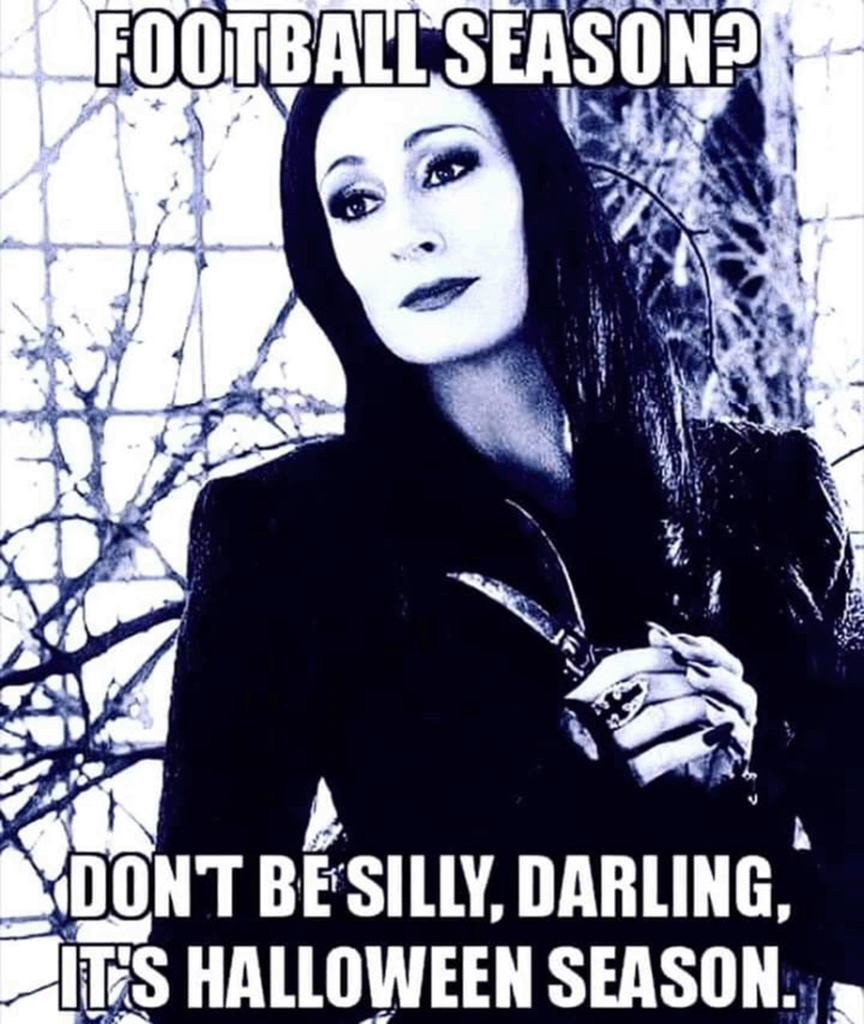
There is Halloween, and there is waiting for Halloween. That is all.
It’s passing strange that as witchcraft has emerged from the shadows into a full blown cultural phenomenon, the Halloween holiday diminishes more and more in the public consciousness. Outside of the dedicated souls such as myself, the witches, and other weirdos, this event has been weakened to an overly restricted children’s party that parents dread and neighbors frequently ignore. Overshadowed by the burgeoning Fat Man and his capitalist orgy of Black Friday Weekend, one has to begin early, search wide, and work hard to get their full Halloween fix.
I am not talking about the various ritual observances. Everyone does that a little differently anyway. The ancients (who may have celebrated on a different day) called it a Cross-Quarter Day. That is, it was roughly halfway between the Autumnal Equinox and the Winter Solstice. So it was an excuse to have a party. In ancient days, life was miserable, brutish, and short. Having something to look forward to, particularly in cold wet dark northern Europe, made things a little less miserable. In a world without weekends, a festival day was definitely important.
The meaning of, and doings of, these ancient feast and fire parties is really lost to history. Maybe there are bits here and there, but if you are looking for the true and authentic Gaelic experience you may be out of luck. Your tradition may be made up of what the Romans said the Gaelic peoples did, and what the Romans did that got confused and adopted by the members of that culture that survived the Roman conquest. Assimilation goes both ways, of course, so some of those authentic Celto/Gallo/Nordic traditions may have just become Roman traditions that we don’t remember were Celto/Gallo/Nordic.
My Halloween traditions probably do not resemble a Grand High Sabbat. Nor are they typically Celto/Gallo/Nordic or Roman. I carry along a lot of that crass commercial thing.
When I was a kid I loved putting on the costume and going door to door. I loved watching “It’s the Great Pumpkin, Charlie Brown” while I ate too much sugar and bounced around way past my already insomniac bedtime.
When I got older, I loved making really cool costumes and going to Halloween parties with the other teens during that one time of the year I could actually go to parties with the other teens. And I loved watching “It’s the Great Pumpkin, Charlie Brown”.
As a young adult out on my own, my wife and I threw outrageous Halloween costume parties that spilled out of our tiny starter home into the street and down the block. I think we had over 300 people at one. Fortunately I had won the local rock radio station’s contest for coolest Halloween party invitation, so they showed up with the a hearse and a coffin full of beer and the cops to provide crowd control and insure a good safe time was had by all. Somewhere in that background, I am sure there was a VCR playing a treasured personal copy of “It’s the Great Pumpkin, Charlie Brown“.
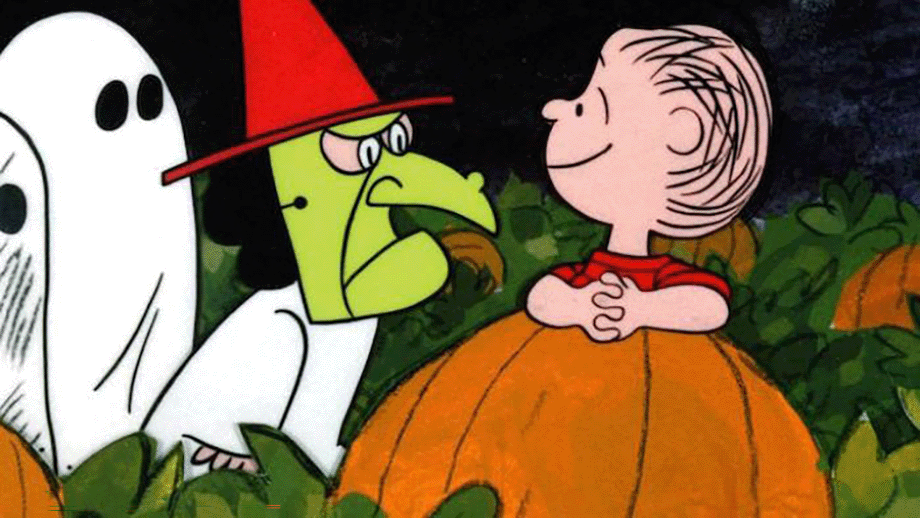
Peanuts is a registered trademark of United Features Syndicate.
Then the kids came along and I loved getting them dressed up, getting myself dressed up, and going door to door for candy and treats. As they got a little older, we resumed a more subdued holiday party scene, with giant home-made props in the yard (like an Alien hive and a 40′ dragon with Nazguls). This lasted through my youngest’s undergrad years in college. I’m not quite sure what the neighbors made of a 6′ 3″ Abby Schuto accompanied by a 6′ 9″ Professor Dumbledore, but they gave us candy.
Which brought us roughly to COVID and the closing of the world. No more parties. No more trick or treating. Just grim, dark, and deadly.
My youngest was in grad school at NYU when the plague hit. She had the good luck to have experienced one Halloween in Greenwich Village before everything changed. I’d been there myself a quarter century before; a quirk of timing with my then employer. It truly is a one-of-a-kind thing. I hope the scene recovers now that the pandemic seems to be dissipating.
This last year I have more personally felt the touch of death than at any other time in my life. Coming thus to a Sabbat with so many associations with death might seem overwhelming. Yet I am deeply associated with death already. I have symbols of death all over my personal spaces. The skeletons and skulls adorn my rooms to the extent that I use glass ones to store coffee and nuts in my kitchen. I am at home with the rustle of the Reaper’s wings.
And Halloween is my holiday. Excepting my birthday next week, which is a second Halloween.
And I aim to have it back.
So in my workshop right now, are the bones of a Great Pumpkin. I’m not exactly sure where he’s going but I’d truly like to have him somewhat airborne. Linus deserves that. He’s been waiting for almost 60 years now.
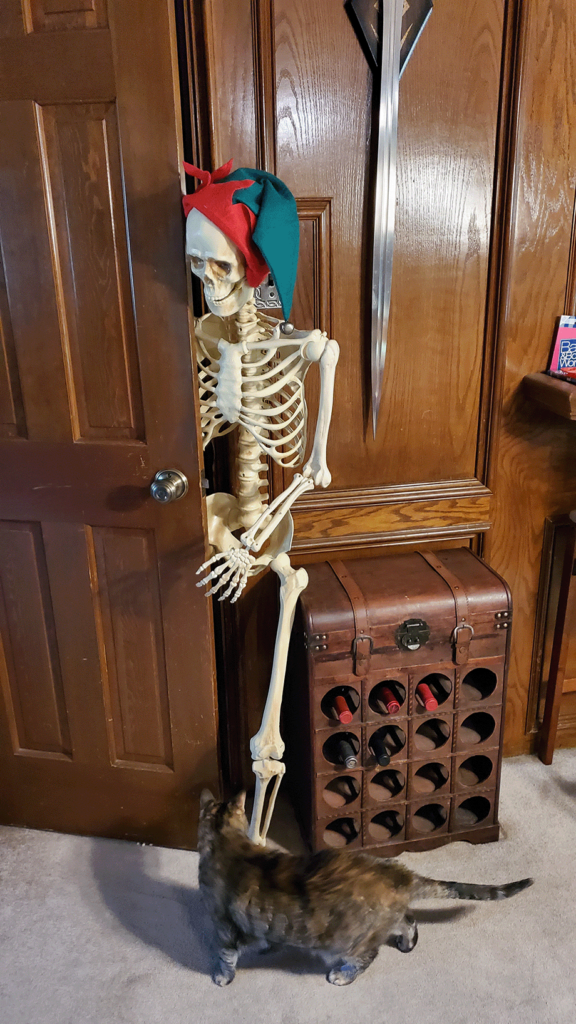
As you can see, our cat Amelia has spotted the problem here. This is not a Halloween decoration. Since this one is wearing an elf’s hat, it’s clearly trying to horn in from that other holiday that keeps showing up in the stores earlier and earlier each year. She’s determined he’s going back until at least after the Macy’s Black Friday Eve Parade is over.
He’ll be part of a generally safe but still fun spooky display, maybe more than the adults who shepherd them into my yard. Over in the corner you will find the legs of a giant spider, and the bits and pieces of a few hapless victims.
Kids, even the little kids, seem to love this stuff. They’re into things that are a little creepy and a little kitsch. It’s cool to be a bit spooky, because at second glance, you can see the string holding that thing up.
There’s a part of Halloween that is about that “man behind the curtain” thing. Even for us big kids who are doing our thing with real cauldrons, real spiders, and sometimes real bones. Piercing the veil is about more than just calling the ancestors or drawing down the dark forces for malefic intent. It’s our time to peer beyond the surface of things, and see what strings are holding it up. This gives us perspective on our own roles, and power beyond those who don’t know how it all spins round.
For witches this is not an unusual thing, really. One practiced and adept can cross the hedge at will. Some days it’s hard not to. That’s why some of us talk about it being Halloween all year round in our homes. It certainly is in parts of mine. I keep the doorways of the year open should I need to access them.
This brings about something that I am hearing about more often, and that is that the old European Wheel of The Year with it’s Sabbats and High Sabbats and Grand High Sabbats doesn’t fit a modern industrial global society. That’s true enough. In fairness it may not have actually fit the postwar midcentury society it was introduced into. Arguably, much of the adaptation of these traditions was about “returning to the old ways”.
Well, the old ways had no internet. Nor antibiotics, air travel, electric light, public health, and reliable agricultural production. Regardless of how romantic it may seem at times, that miserable, brutish, and short thing was very real. You would not be reading this on your iPhone if we lived by the old ways. You’d maybe have learned a few things from your mom or an old aunt or the village wise woman, but the access you have to the great breadth of human learning, history, and awareness is unparalleled in our history. This is a transformative time, and because we have nigh-instant, nigh-global communication it is possible for everyone to take part in the transformation. We can all of us cross the hedge.
What we carry with us into that wonderful new world, full of terror and possibility, is what we choose to bring along. Just like when we pierce the veil on Halloween night. Do we honor our ancestors by doing only what they were able to do, or do we honor them by standing on their shoulders, the shoulders of giants, and making a new and bright thing that has never before been dreamt of in earth or in the heavens.
It’s a little something to think about at this time of year when we purge away all the spiritual junk we’ve accumulated since the last Halloween.
I’ll be over here in the workshop with my Peanuts DVD. Enjoy the party. See you next week.



